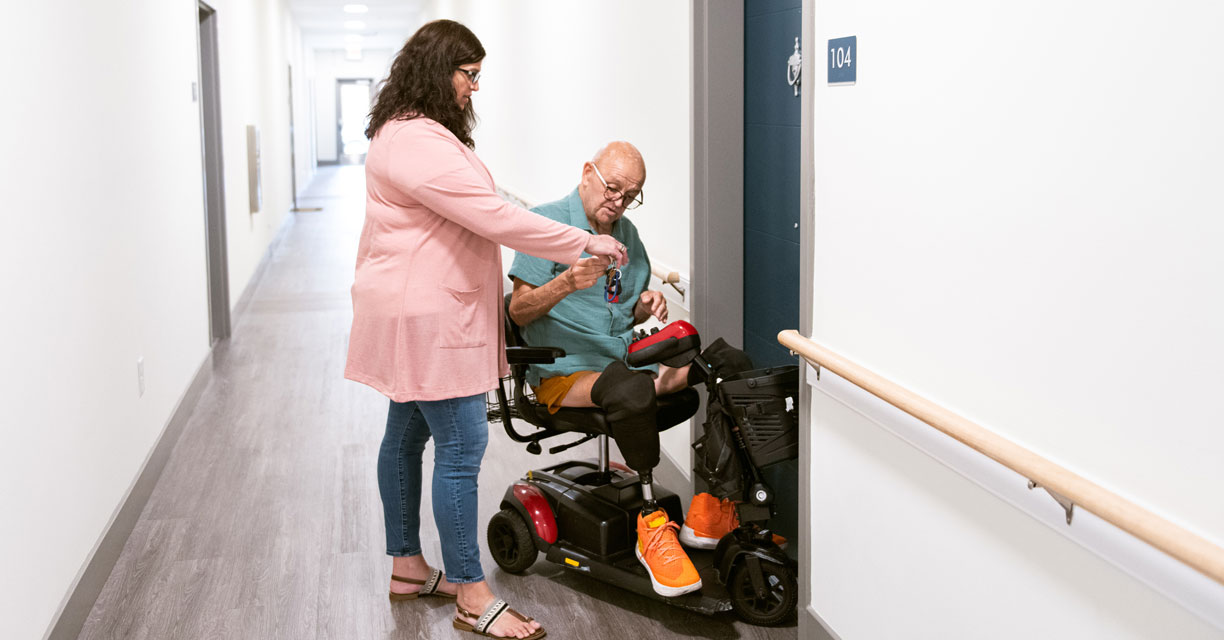A majority of mature accountable care organizations (ACOs) segment their high-need, high-cost (HNHC) population into smaller subgroups to better identify those with similar needs, employing a range of segmentation approaches, according to this national survey of ACOs. To achieve balance between consistent implementation and clinical relevance, ACOs often pursue “hybrid approaches” that combine quantitative information such as claims data with qualitative data like clinician assessments. Additionally, engaging primary care physicians (PCPs) in the segmentation design process was identified as a way to address concerns about ACO interference in patient care, and enable PCPs to use their clinical judgement on patient and variable inclusion in segmentation algorithms.
Interviewees identified challenges related to HNHC population segmentation. A top concern of ACOs is the limited availability of current and accurate data, especially data related to social and behavioral needs, which can be difficult to incorporate into electronic health records (EHRs). Strategies to address this challenge include data coordination between social service and health care organizations, using EHRs in combination with claims data, and developing a standardized assessment for social and behavioral health needs. Another challenge identified by ACOs is the lack of technical infrastructure, funding, and workforce for in-house risk stratification and segmentation, causing reliance on third-party vendors. Finally, some ACOs struggle with evaluating their segmentation processes and tailored care programs due to inadequate sample sizes or conflicting payer reporting requirements. Focusing on long-term impact versus short-term evaluation outcomes may allow ACOs to more comprehensively address the root causes of patients’ needs.



